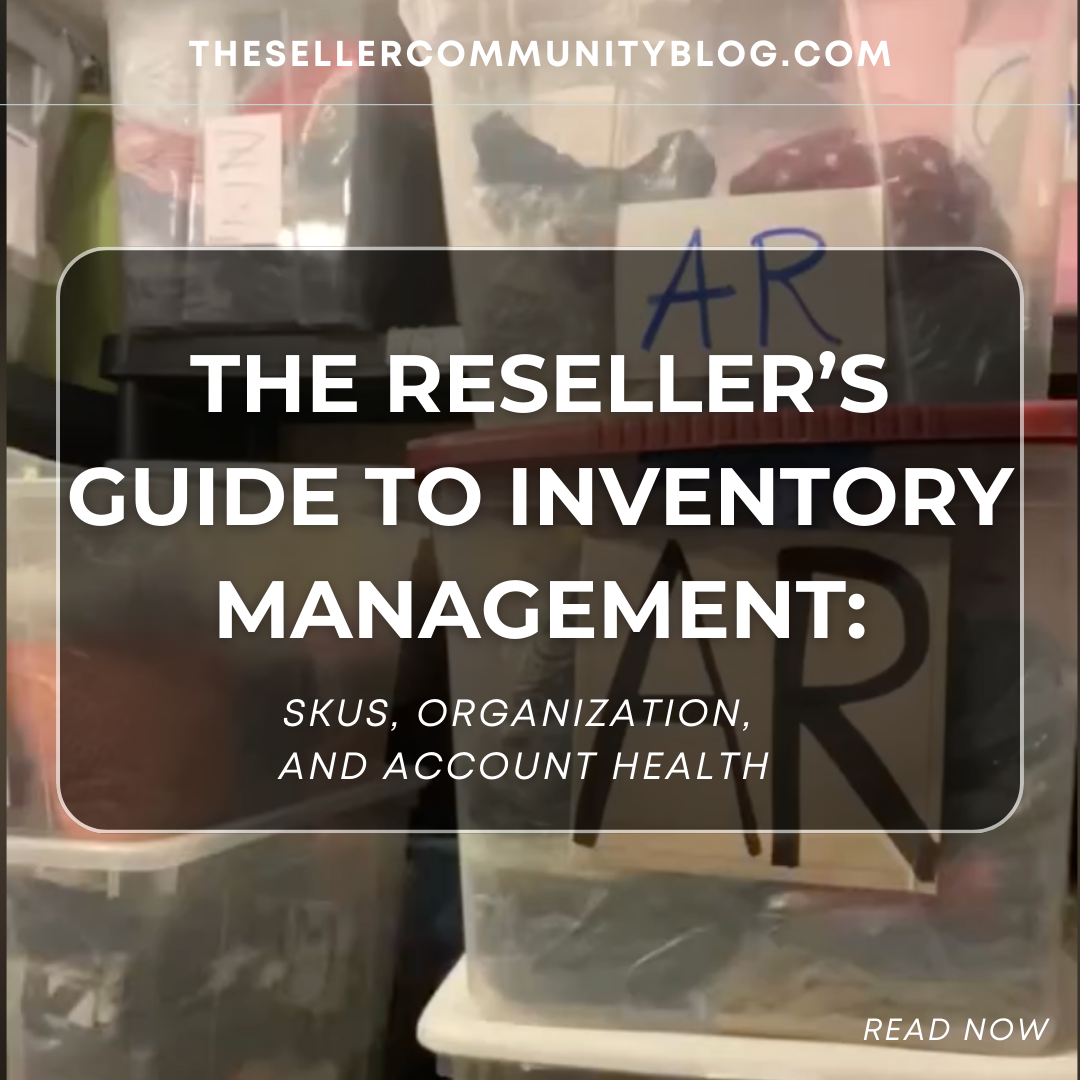Estimated reading time: 3 minutes
Of course, you’ve chosen to use your partner in reselling List Perfectly to grow, manage, and master the art of online selling and boost your e-commerce success, but there are other things you should consider if you really want to be successful. Whether you’re a seasoned seller or just starting out, this guide from List Perfectly provides valuable insights and practical tips to help you navigate the competitive world of e-commerce.

Benefits of selling online
Global Reach: Access a global market beyond geographical boundaries, unlocking new growth opportunities.
Reduced Overheads: Eliminate the need for a physical storefront, reducing costs and increasing profit margins.
Flexibility: Manage your business on your terms, achieving a better work-life balance.
Data Insights: Leverage analytics to understand customer behavior and make informed business decisions.
Scalability: Easily expand your product range and operations without significant investments.
Key considerations for starting an e-commerce business
Identify Your Target Market: Conduct market research to understand customer demographics and preferences.
Select the Right Products: Choose products with demand, profitability, and alignment with your brand.
Legal Compliance: Familiarize yourself with laws related to online selling, including consumer protection and data privacy.
Choosing the right platform for your online store
Ease of Use: Opt for user-friendly interfaces with customizable templates.
Customization: Look for platforms offering themes, layouts, and design element customization.
Features: Ensure the platform offers necessary features like inventory management, payment processing, and shipping options.

Creating a compelling product listing
Product Title: Use concise, descriptive titles with relevant keywords.
Product Description: Write clear, informative descriptions highlighting features and benefits.
High-Quality Images: Include high-resolution images from multiple angles.
Pricing and Discounts: Display prices and any available discounts clearly.
Customer Reviews: Showcase positive reviews to build trust.
Shipping and Return Information: Provide clear information about shipping options and return policies.
Optimizing your website for search engines (SEO)
Keyword Research: Identify and incorporate relevant, high-volume keywords.
Meta Tags: Optimize title tags and meta descriptions to attract clicks.
URL Structure: Use clean, keyword-rich URLs.
Site Speed: Ensure your website loads quickly by optimizing images and minimizing code.
Mobile Optimization: Make sure your site is mobile-friendly.
Content Optimization: Create high-quality, engaging content and regularly update your site.
Effective pricing and promotion strategies
Competitive Pricing: Offer competitive prices and consider discounts or price matching.
Bundle Deals: Encourage customers to purchase multiple items with bundle deals.
Limited-Time Offers: Create urgency with flash sales and limited-time promotions.
Loyalty Programs: Reward repeat customers with exclusive discounts and offers.
Abandoned Cart Recovery: Use email campaigns to recover lost sales.
Referral Programs: Incentivize customers to refer friends and family.

Building customer trust and loyalty
Exceptional Customer Service: Provide prompt, helpful support through various channels.
Transparent Policies: Clearly communicate shipping, return, and privacy policies.
Product Reviews and Testimonials: Encourage and showcase positive customer reviews.
Personalization: Offer personalized recommendations and exclusive content.
Email Marketing: Send targeted campaigns to engage your customer base.
Social Proof: Leverage user-generated content and influencer endorsements.
Utilizing social media and influencer marketing
Social Media Presence: Establish a strong presence on relevant platforms.
Paid Advertising: Invest in targeted ads to reach a wider audience.
Influencer Collaborations: Partner with influencers to promote your products.
User-Generated Content: Encourage customers to share content featuring your products.
Contests and Giveaways: Run campaigns to increase brand awareness and engagement.
Social Listening: Monitor and respond to social media conversations about your brand.
Measuring and improving your e-commerce performance
Conversion Rate: Optimize your website to increase conversion rates.
Average Order Value: Implement strategies to increase the average order value.
Customer Lifetime Value: Focus on retention strategies to boost customer lifetime value.
Cart Abandonment Rate: Address issues causing cart abandonment.
Website Traffic Sources: Analyze and optimize marketing efforts to drive quality traffic.
Customer Satisfaction: Use surveys and feedback to enhance products and services.
Mastering online selling involves understanding various aspects of e-commerce, from setting up your store to optimizing your listings and marketing strategies. By following these strategies, you can navigate the ever-changing online selling landscape and boost your e-commerce success. Get ready to take your online business to new heights!





